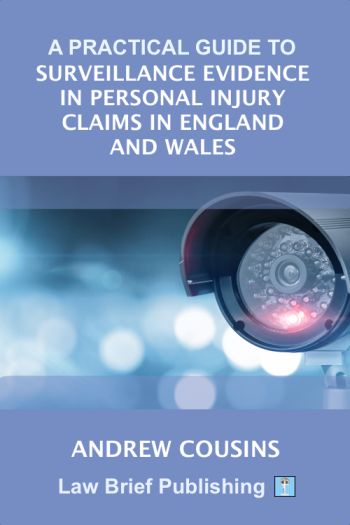
Surveillance evidence in personal injury claims can be a highly contentious area. Evidence is often relied upon with the intention of undermining the fabric of a claim, and can sometimes lead to allegations of fraud and fundamental dishonesty being pursued. It is an area of law that has advanced significantly with developments in technology, and is therefore never far from the scrutiny of the higher courts. As a result, the law in this field has grown largely out of precedent rather than legislation.
This book aims to set out how the law in relation to surveillance evidence affects a claim, how surveillance evidence can be obtained and admitted into evidence in personal injury claims and some of the possible effects such footage can have on a claim. Whilst surveillance evidence is most commonly obtained by defendants in personal injury claims, the book is written with a neutral view on the subject matter and with the aim of assisting those practitioners who have to deal with these issues in their day to day case handling.